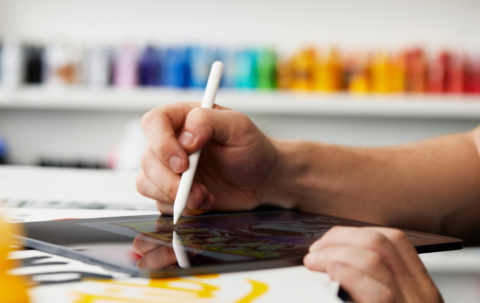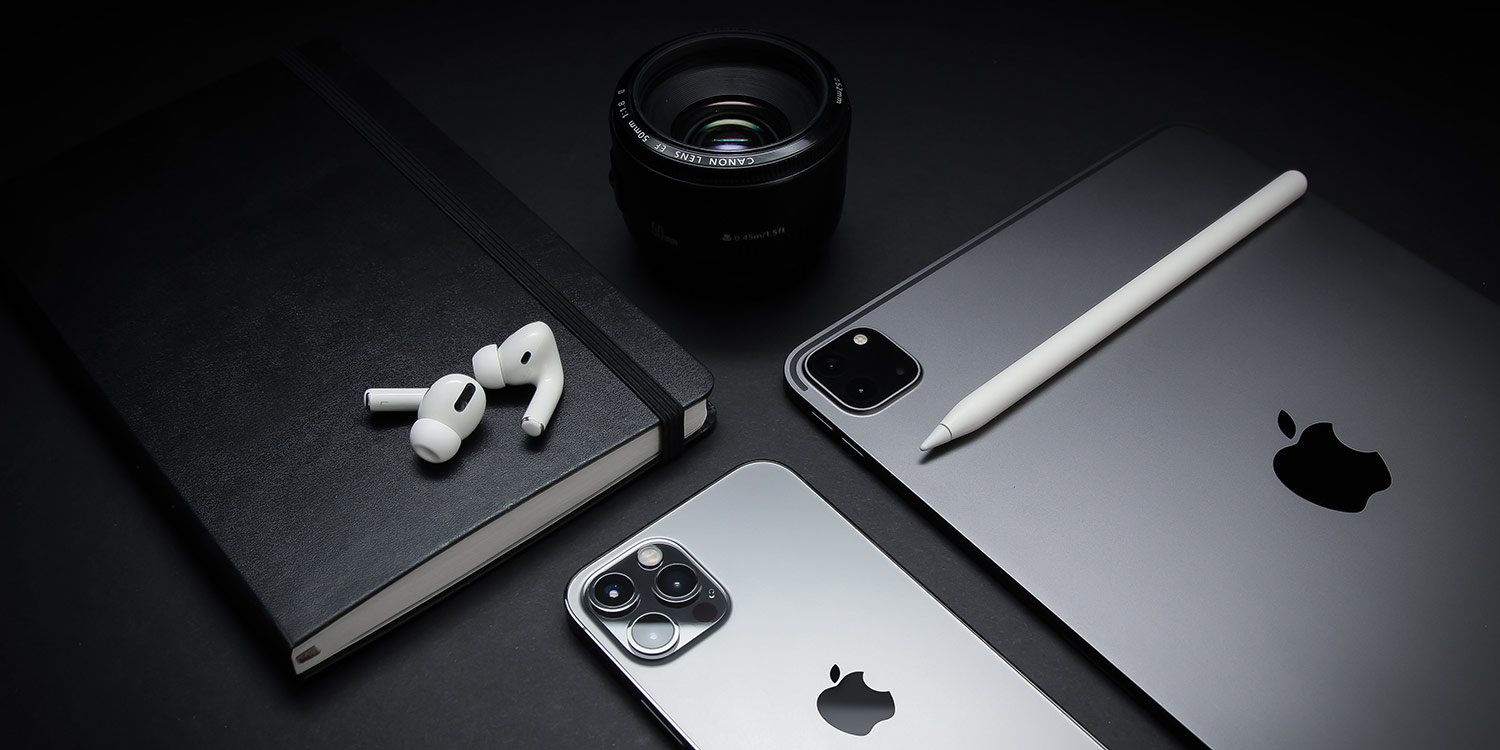Apple’s stylus would be a great fit for iPhone – but not for Apple’s sales strategy
“If you see a stylus, they blew it.” That’s the quote commentators pull out when anyone discusses Apple Pencil. And it came from the top – these words belong to then-Apple CEO Steve Jobs.
Context is important, though. The quote is from 2010, right after the iPad’s launch, where the device was positioned for consumption, somewhere between a laptop and a smartphone. Since then, Apple’s tablet has evolved – as has its accessories ecosystem.
Today, Apple Pencil is an intrinsic part of many people’s iPad experience, affording control and creativity far beyond what they’d get from a finger. But there’s no equivalent for iPhone. Here are three reasons we’d like Apple to change that – and three why it won’t.
Why we want Apple Pencil for iPhone
1. Precision input
Modern iPhones are extremely powerful yet inherently fiddly. Even well-designed apps force you to work slowly and deliberately when performing actions like making video edits and marking up documents.
This suits Apple just fine: it would rather you did those tasks on another device – another Apple device. But you won’t always want to nor be able to. Having the option to do more on an iPhone, by virtue of having an accessory that affords precision input, would be a boon.

2. Creative power
When inspiration strikes, you want to immediately act on it. But if you’ve only got your phone to hand, delving into an art, music or office app with your digits alone won’t work well. It might even train you out of capturing potentially amazing ideas you can refine later.
The technology baked into Apple Pencil lets you do more. Beyond the already mentioned precision input, the accessory provides industry-leading tilt and pressure sensitivity, first-rate palm rejection, and a double-tap to quickly switch tools – ideal whether working up a digital painting or blazing through a mind map.
3. Inferior competition
Apple’s stylus isn’t alone on the market, but the pickings for iPhone are slim – and increasingly so. We once praised Wacom’s Bamboo Sketch, but that’s long since vanished. Most of what remains are ‘analog’ styluses that mimic a finger.
These accessories do have advantages – they’re cheap and don’t need charging. But they’re a long way from Apple Pencil when it comes to capabilities. Still, they’re likely the best we’ll get for the foreseeable future, and that’s because of the following…

Why we won’t get Apple Pencil for iPhone
1. Device integration
The original Apple Pencil comically plugged into a Lightning Port to charge, which was awkward and potentially dangerous. It was also prone to rolling off a table. The second-generation fixed such problems with close iPad integration.
The stylus’s flat edge snaps magnetically to your tablet, instantly pairing and charging – which would be tough to replicate on iPhones, since they’re usually housed in cases. Also, they have less of an edge to snap to and are rarely idle long enough for a connected Pencil to charge. So at the very least, an Apple Pencil for iPhone would need to be very different from an iPad one.
2. Niche appeal
Apple managed to position an Apple Pencil as an obvious input device for a wide range of iPad users – akin to a desktop mouse or a laptop trackpad. But with a phone, the equivalent has always been a finger – and you’re already equipped with a bunch of those.
For the majority of people, that will be enough. And as we’ve seen elsewhere in Apple’s line-up, even if there is a conspicuous gap (affordable standalone displays, say), that doesn’t mean it will be filled unless Apple finds a way to make a profit. We wonder if there’s enough demand for an iPhone Apple Pencil.

3. Apple’s context-oriented strategy
Many recent Apple software decisions have been about making content globally accessible to devices that allow you to work on projects in distinct ways. Continuity lets you move an in-progress document from iPhone to Mac. Universal Control will soon let Macs and iPads share input devices.
What Apple isn’t keen on is the notion of one device for everything. It believes devices work best in certain contexts; and, besides, it makes more money if you buy an iPhone and an iPad and a Mac. Given that the mightiest of iPads still has poor external display support, likely in part for this very reason, it’s unlikely Apple would want to unlock ways of working on iPhone it believes are optimal for iPad – and that might stop you from buying an iPad.

